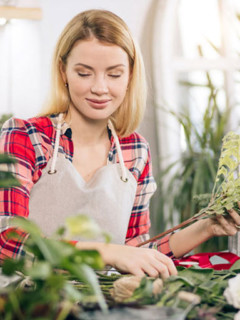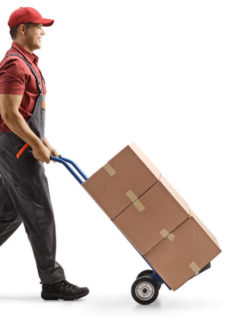Co-packing is all about bundling different products before releasing them to the market. For those operating in the e-commerce sector, for example, this is a commonly used technique. So how do you best tackle this as a packer? And do simple solutions exist to automate the process within your supply chain? We explore it all with you in this article.
1. What is co-packing?
Co-packing is a packaging technique based on grouping different items, of the same or different sizes. It involves the use of ‘secondary packaging’ that better protects your items and allows them to be shipped or sold more easily.
It is a technique widely used in sectors such as food, cosmetics and parapharmacy. People use it here to package several identical units (e.g. 2 boxes of biscuits) or complementary units (e.g. sun cream and after sun in 1 batch). You can use it for promotional purposes as well as launching limited editions, gift packaging or e-commerce shipping.
Co-packing can give your brand a nice advantage over the competition, especially in the following situations:
- Marketing campaigns where you charge a lower price for your bundled packages; or where you focus on the ‘exclusivity’ argument.
- Bundles for e-commerce: here you can bundle products from the same range together to boost online sales.
- Prominent shelf placement: larger packages with a distinctive look catch consumers’ eye more.
- Packaging units for large customers, who make large or bulk purchases.
2. What are the most commonly used solutions for co-packing?
You can apply co-packing in a lot of different ways in practice. Below we collected some of the most common solutions for you.
- Shrink packaging: here, your products are first wrapped in shrink film. Then you use a hot air gun or shrink wrap machine to shrink the film around your products. This creates a tight-fitting protective layer.
- Sleeves or protective sleeves: here you use foam, paper or cardboard to create secondary packaging for your product. These sleeves are often very stretchy and can easily be pulled around your product. They come in especially handy for bottles and other round objects.
- Presentation boxes: place your products together in a box to present them better. This type of co-packing is very common in the cosmetics sector, or for those selling seasonal items (at Christmas, Valentine’s Day, Easter, etc.). It is best to opt for a more unique box here, for example with an outer lining of grooved corrugated cardboard and/or with a transparent plastic window. Always good for some extra appeal!
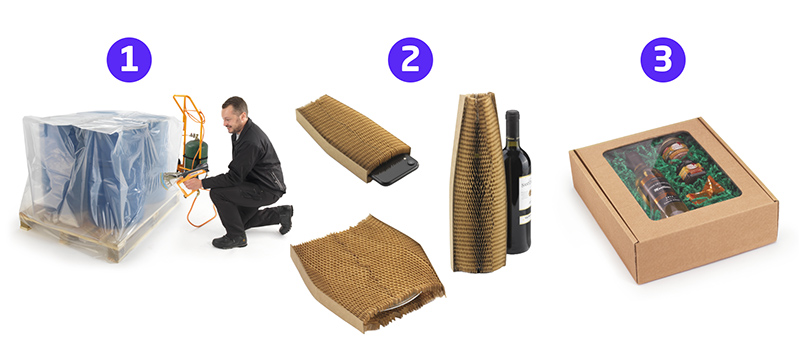
- Glue: You can also glue different items together using thermal glue. This occurs, for example, with samples/samples attached to brochures or leaflets.
- Blister packs: this solution often consists of a combination of plastic and cardboard, and is used to pack kits and small accessories together into a practical whole.
- Sealed bags: Finally, you can also package your products in the form of a bag. Using a sealing machine, you can cut these bags to the size of your product and seal them hermetically. In no time at all you can create a sturdy packaging that not only bundles your products, but also protects them against all kinds of external influences. Just think of moisture, water, dust or dirt.
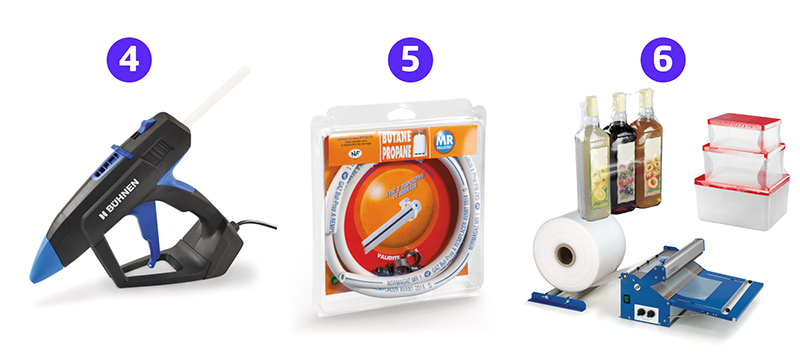
3. Smart tools for creating your own co-packing
With the right tools and packaging, you can easily implement co-packing yourself in your business. In doing so, you should not worry at all about outsourcing the whole process. Even better for you, there are also machines that allow you to speed up and automate the handling process. You can use various solutions from RAJA for this purpose. By using such a machine, you increase the quality of your packaging. Moreover, a machine never uses more packaging material than is strictly necessary. So you need to buy less material. Choose one of the following devices or machines below.
Shrink gun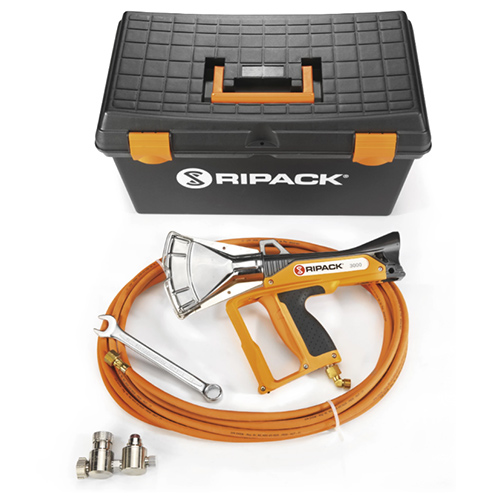 |
Film wrapper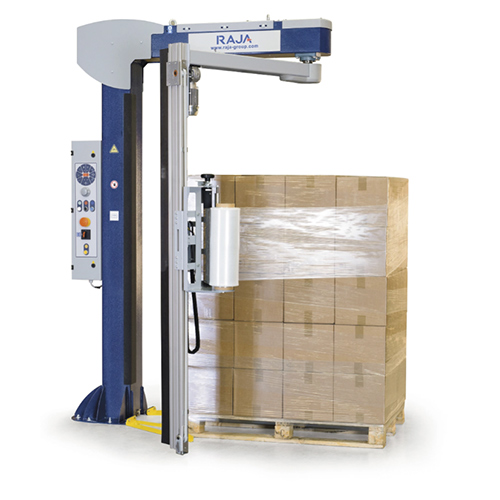 |
Strapping tool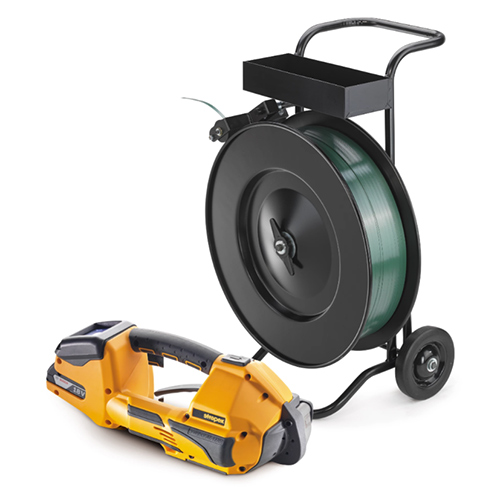 |
| – To be combined with the following shrink wrap machines. – Suitable for both individual products and palletised goods. |
– To be combined with the following wrapping film. – Suitable for goods stacked on pallets. |
– To be combined with the following straps. – Suitable for bundling loose goods or securing heavy loads during transport. |
4. Tips for applying copacking in your business
A first tip we would like to share concerns your warehouse layout. It is advisable to store all goods destined for co-packing in the same zone in your warehouse. This helps to reduce packing times and facilitates picking. Secondly, you will need to pay extra attention to communication between your logistics teams and your marketing teams. Coordinate well with the marketing team on what forms of copacking are feasible (when they have come up with a new promotion, for example). Another little marketing tip we can pass along: use co-packing to add direct mail to the package. It provides the perfect opportunity to highlight an additional message or promotion.
Thirdly, it is important to provide your staff with specific training. Co-packing brings some special challenges compared to traditional packaging tasks. Therefore, organise regular training sessions and support your staff so that they master all the steps in the shortest possible time.
Ready to try out co-packing yourself? RAJA will be happy to help you get started. As Europe’s largest packaging distributor, we have all the tools to offer you the best solutions in your supply chain.
Want to know more? Contact us without obligation here











